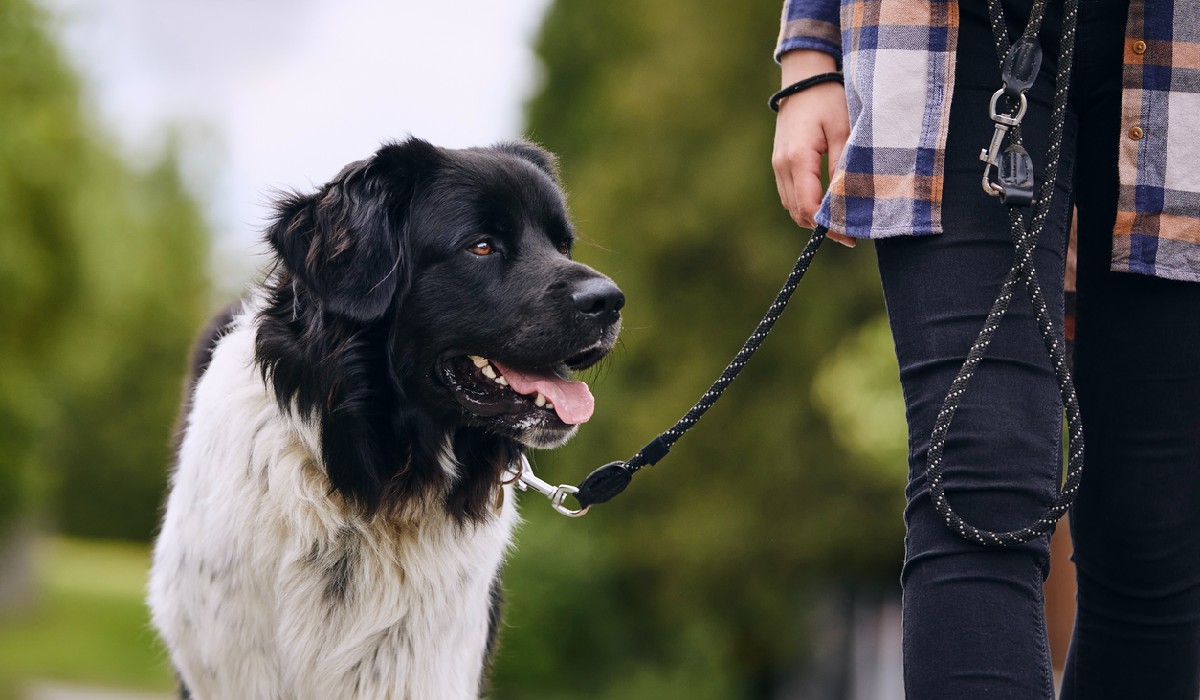Is There a Difference Between a Dog Lead and Dog Leash?

If you are a new pet parent and exploring the world of dog leashes and leads, you probably would have come across these two terms. The confusion is further compounded by product titles and descriptions using the words interchangeably, but there is a difference. The word ‘lead’ connotes the encouraging, empowering, and connecting nature of the tool used for your dog, while the word ‘leash’ implies restraining, suppressing, and not allowing someone to do something.
Sometimes the difference between the two isn’t always obvious. A dog lead is a piece of equipment used to manage a dog, typically consisting of a long rope or cord with a loop around one end and a grip at the other. A leash is a belt or rope with two grips used to walk a dog by attaching to the animal’s collar or harness. This post explains the difference between a dog lead and a dog leash.
DIFFERENCE BETWEEN A DOG LEAD AND A DOG LEASH
The difference in the make
The key difference between a dog leash and a dog lead is how they are designed. A dog lead, a length of cord or chain, is typically used for directing your pet. In contrast to a lead, which does not typically have a collar connected, a leash requires two hands, one holding the leash and the other the collar.
Different uses
Dog lead and leash are used differently when training and restraining your dog.
Using a leash for training
You and your dog can’t get by without a dog-training leash. On your walks together, you’ll both be safer because you’ll be able to keep a close eye on your dog and steer it clear of any potentially dangerous situations. A leash offers increased management, especially in crowded areas or busy roadways. A leash not only reduces the strain on your back and arms but also provides you considerably more control over a powerful or large dog.
A dog training leash is an invaluable piece of equipment to make the experience of teaching your dog fun rather than stressful for either of you.
It’s essential that you instruct it in compliance in a manner that is kind and considerate, without using any form of coercion or force of any type. A dog leash is meant to help you do that.
Eight different controls the leash offers
The multi-use, multi-function leashes are great for a variety of training scenarios. Particularly helpful are variants with as many as eight separate controls:
- For gait training, a shorter leash is ideal, a medium-length leash is suitable for obedience drills and a long-length leash is best for practicing distant recall and obedience.
- It offers flexible dog training.
- The double carabiner allows you to walk two dogs at once.
- It offers management that is both simple and regulated.
- Methods involve a halter or harness and a turntable to train the dog to turn while wearing it.
Using a dog lead for training
You might wonder if a dog leash serves the purpose; why do you need a dog lead? A dog lead is used for several purposes in training your dog, including but not limited to recall. The lead is not designed for replacing the leash but is an invaluable tool for training, especially for retrieving drills.
While a standard-size lead is ideal for basic training of the family pet, a longer lead could be helpful in more complex situations, particularly when out and about. It’s strongly recommended that you purchase the non-slip version to get a good grasp on it throughout the exercises without running the risk of losing it or injuring your loyal furry friend.
THE BOTTOM LINE!
Both a dog leash and dog lead are useful when it comes to training and controlling your dog. While they seem to be the same thing, they have different uses depending on where you are taking your dog and what training you are giving to your dog. While a leash may be useful for a bigger dog, smaller size dogs are more likely to get injuries from excessive pulling or straining on the leash. Your choice to get a dog leash or a dog lead depends on the size of your dog and the purpose of using the leash of the lead.
